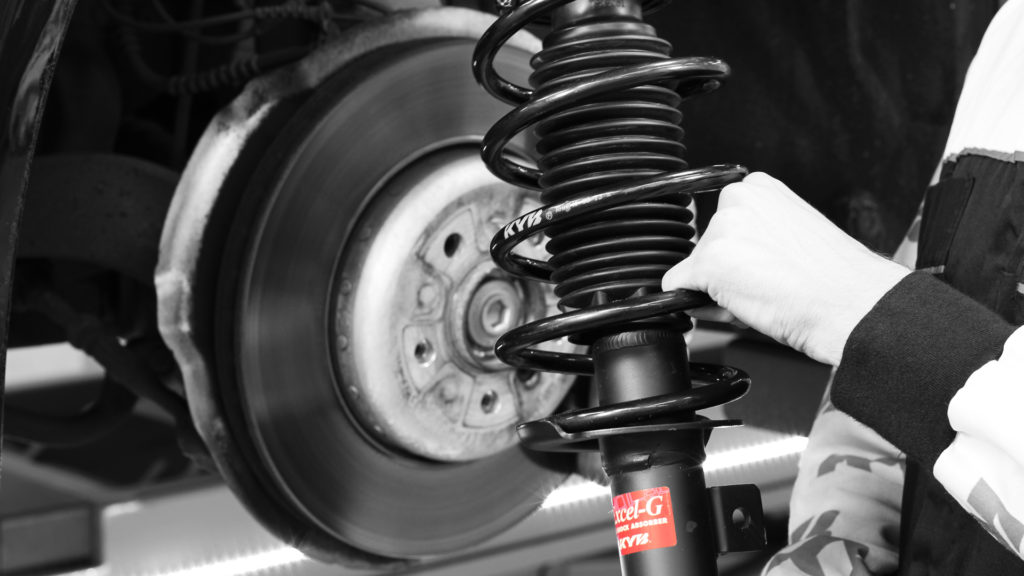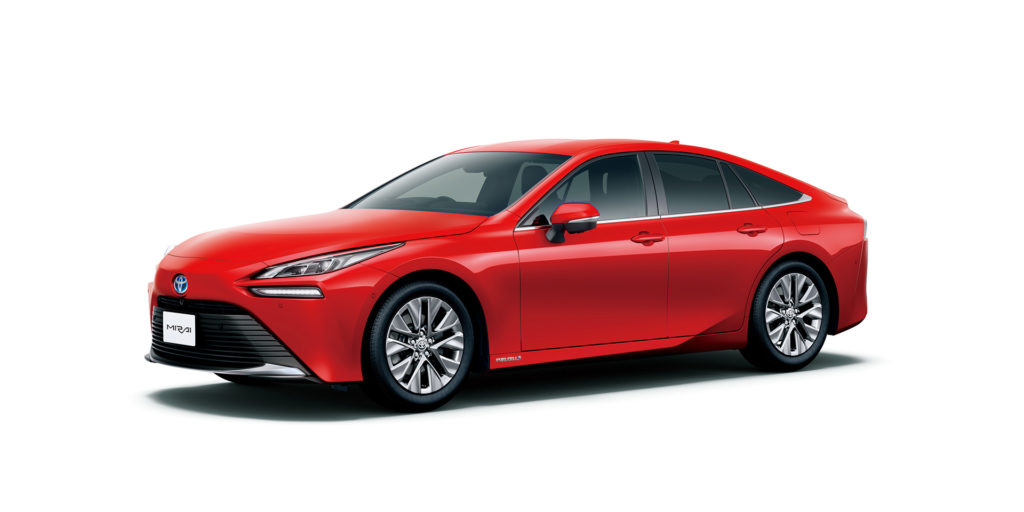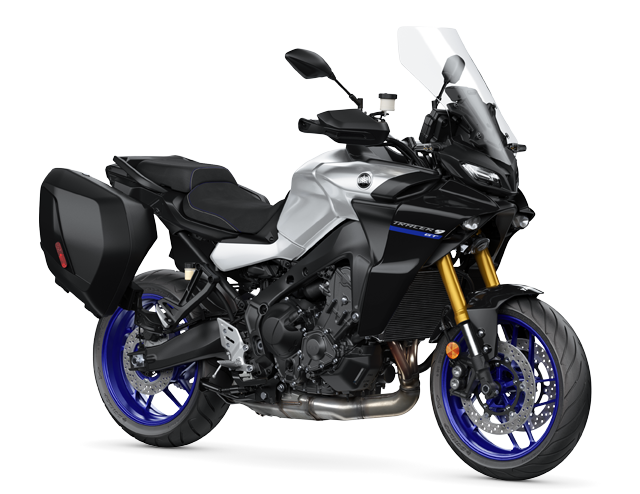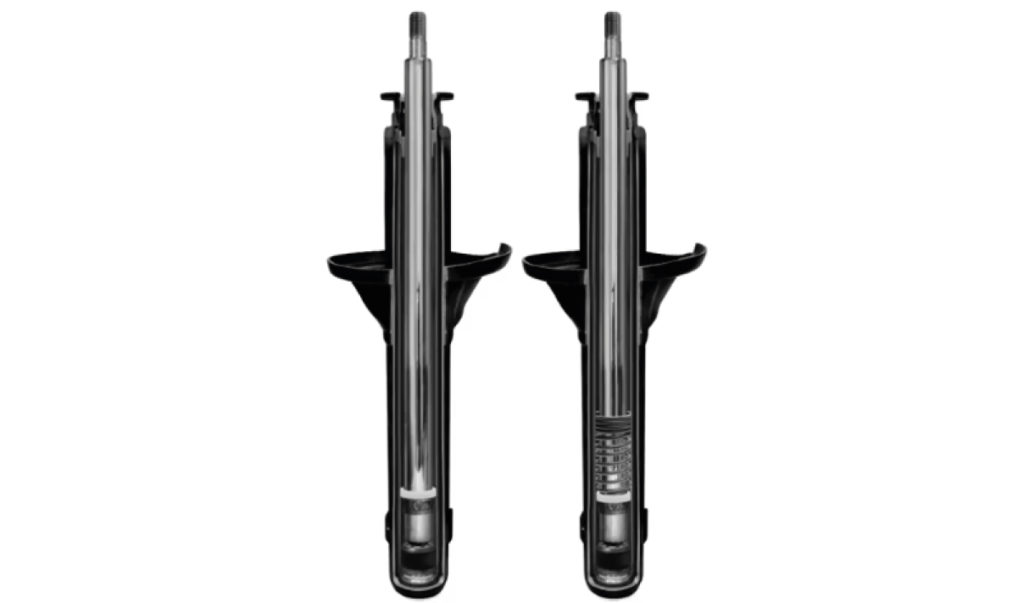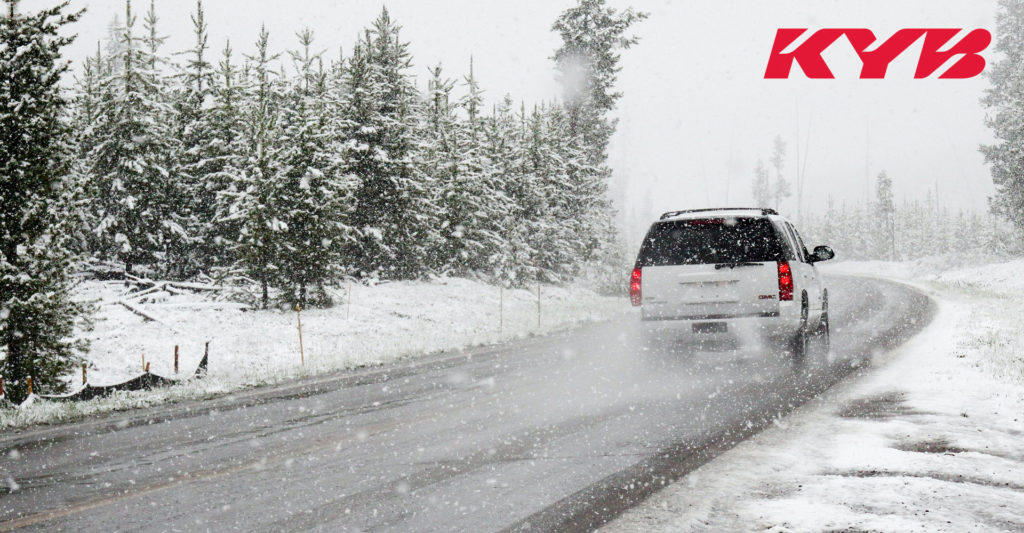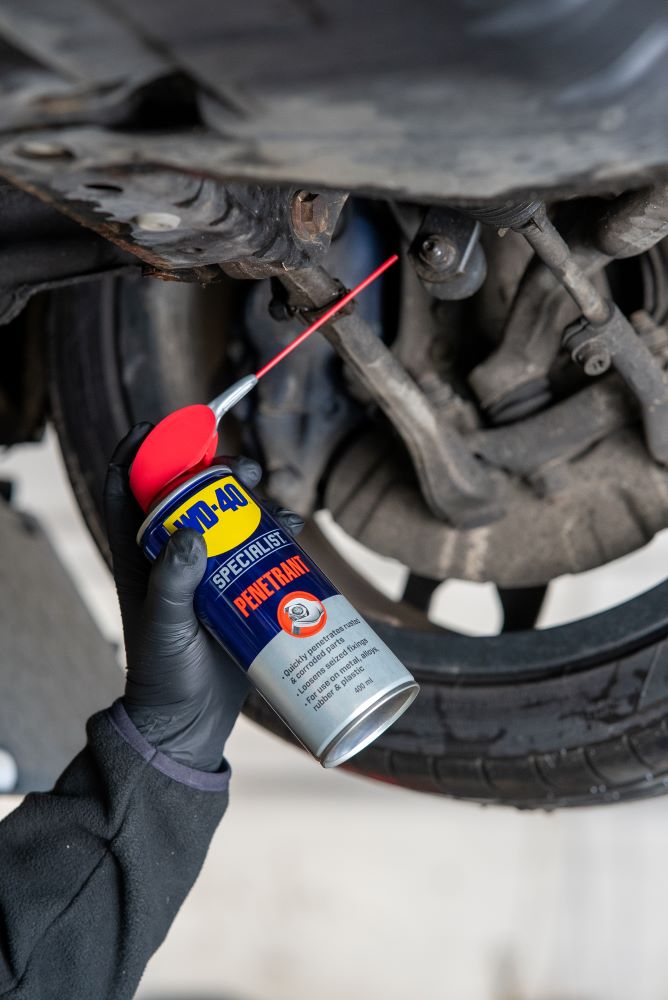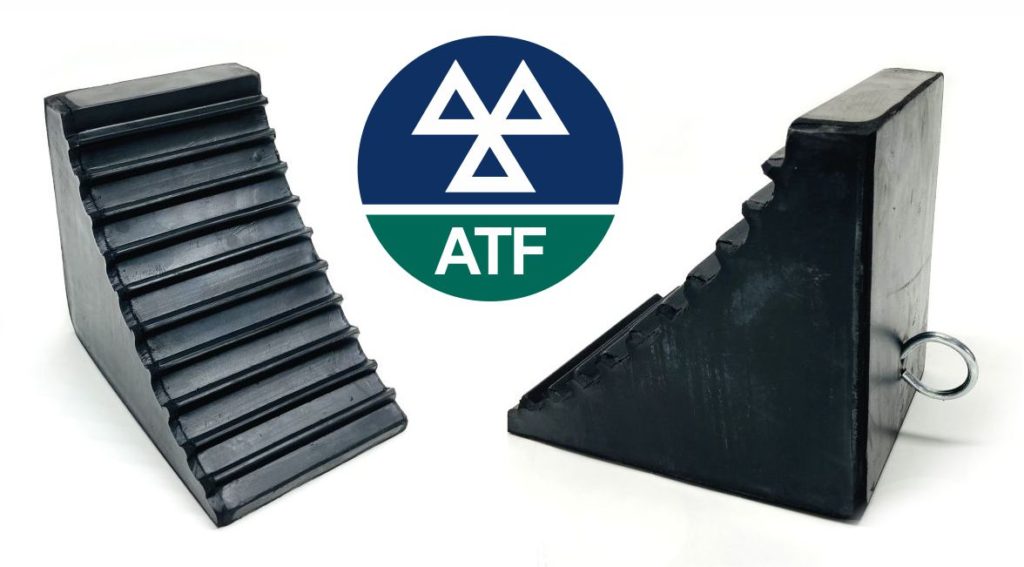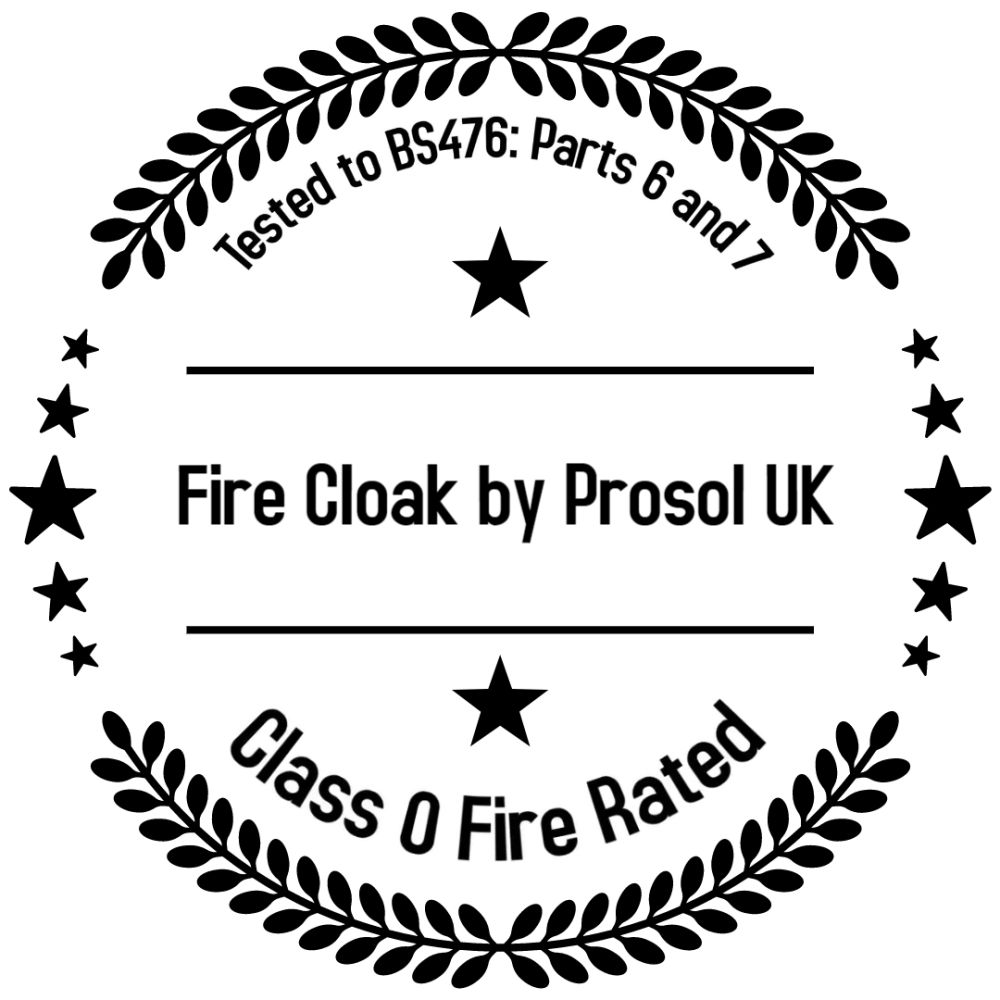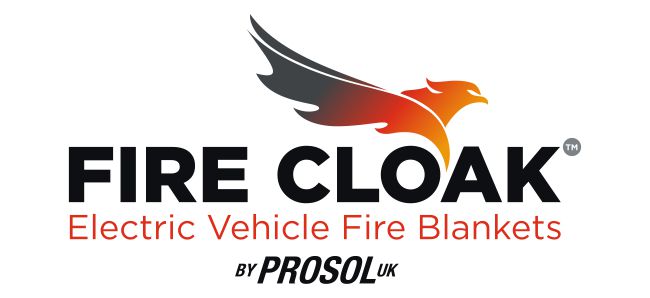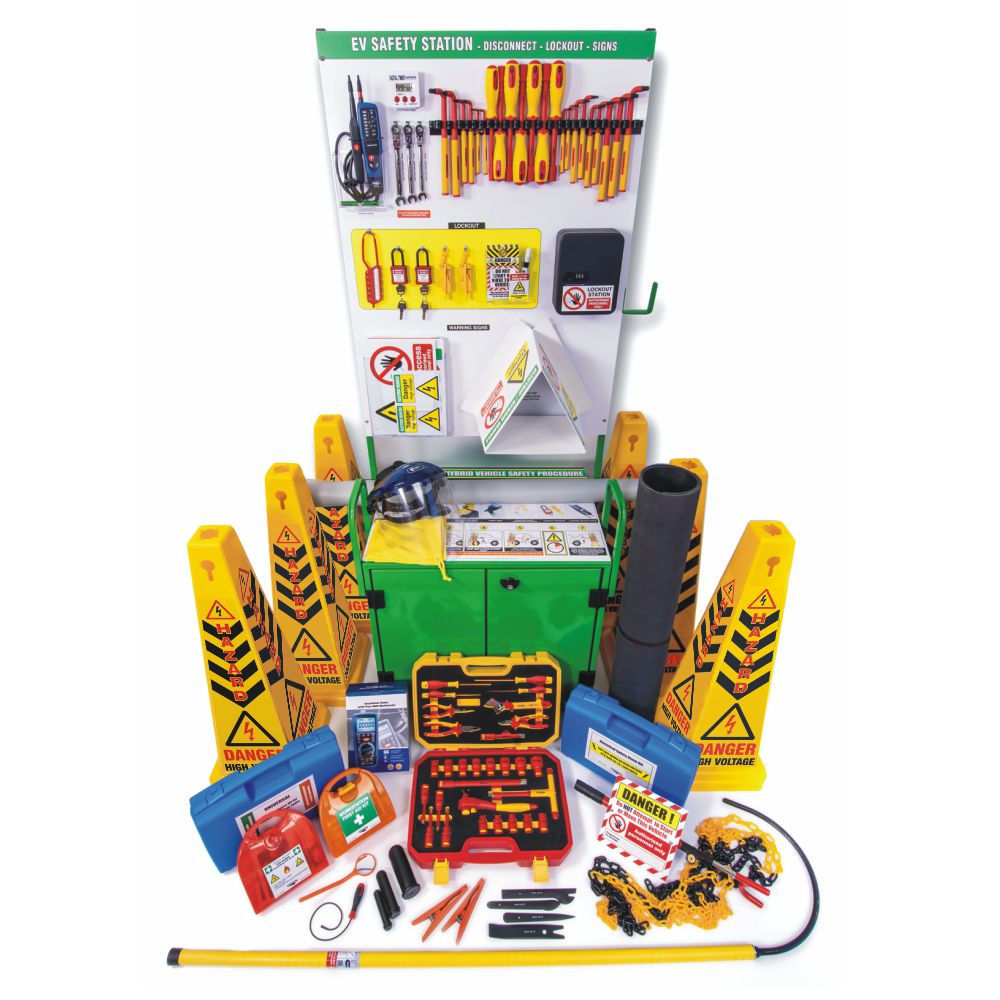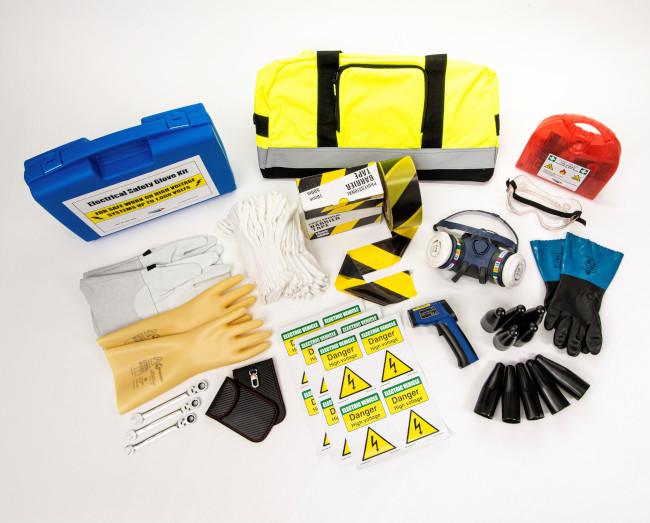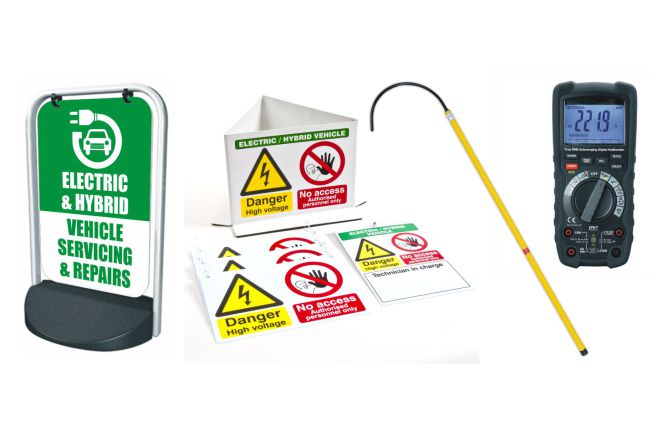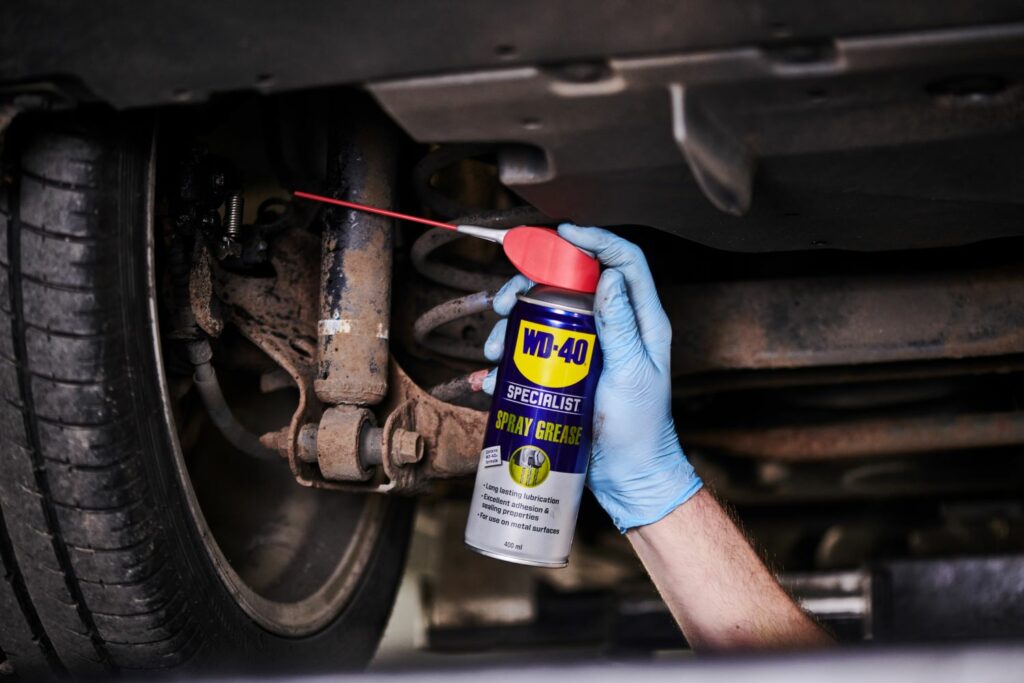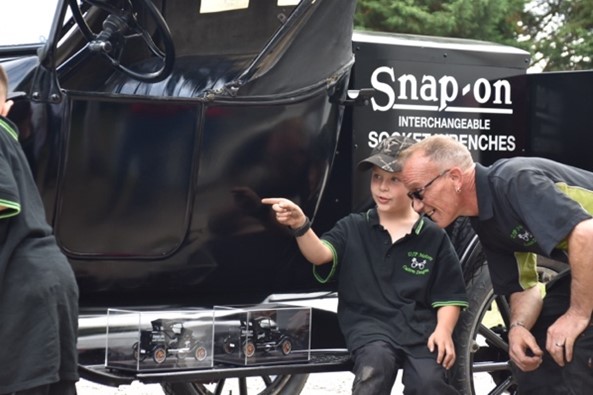Here are some useful fitting tips for shock absorbers and coil springs.
Shock Absorbers
-
Don’t hold the piston rod with any tools (mole grips etc), as this will damage the surface of the piston rod and cause the oil seals to leak
- Don’t put any water, oil or other liquid inside the strut housing as this may damage the cartridge. KYB cartridges are designed to be used without liquid at both high and low temperatures.
- Don’t use an impact wrench to tighten a nut onto a piston rod. This can make the torque higher than the recommended limit. KYB has a range of tools to help you find the correct torque settings. To search for vehicle specific fitting information, click here or download the KYB Suspension Solutions App.
- Always prime shock absorbers before fitting – fully extend and compress the unit 3 times to remove any air pockets inside the shock.
- Always ensure the vehicle is back on all 4 wheels before tightening upper mountings.
- Use any fitting parts (nuts, spacers, washers etc) supplied with the shock absorber, rather than the OE parts, as sometimes they may be a different size.
- Shock absorbers should always be fitted in pairs.
Coil Springs
- Always check vehicles for broken coil springs, especially near the end where it sits in the spring seat.
- Use an appropriate spring compressor tool when replacing coil springs.
- Take care when compressing springs, they could cause serious injury if they come loose during installation.
- After installation, check that the springs are seated correctly.
- Check spring seats and top mountings for damage before replacing broken or worn springs.
- Check wheel alignment after installation.
- Coil springs should always be fitted in pairs, to ensure an even ride height and to ensure that the vehicle doesn’t pull to one side when braking.
- Worn or broken springs can damage shock absorbers and other suspension components, KYB recommends replacing shock absorbers at the same time as springs.


